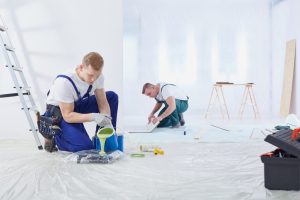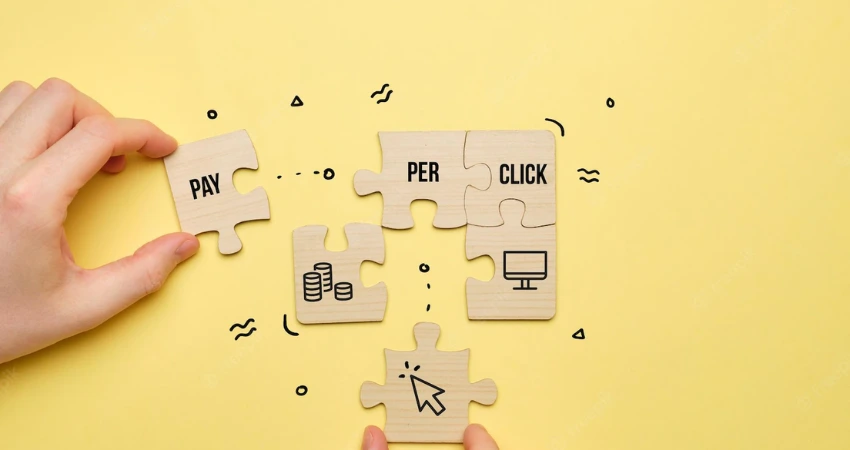You might be looking for a home, and it’s exciting! While we are often enticed by the excitement of this new phase in our lives (buying furniture, planning landscaping – all of the fun parts), it is important to do your research before purchasing a new home. Properly inspecting and maintaining your home is a key part of being a responsible homeowner. You may not be aware that residential plumbing is something a responsible homeowner should inspect. Your home’s residential plumbing includes fixtures such as drains and toilets. Your sump pump, water heater, and all other water lines are part of the plumbing system in your home. All these components must be in harmony to ensure water flows freely through your home. It can lead to many other problems that could cost you thousands. Avoiding hidden fees and headaches by inspecting your home before you move in is the best way to prevent any surprises.
What is included in a home inspection?
A home inspector will generally assess the structure of the house you are considering buying. Are the walls supporting the home? Is the roof safe? Are the windows, doors, and flooring adequately insulated? The inspector will inspect heating and cooling systems to ensure safety and avoid fire hazards. A comprehensive home inspection and Electrical inspection in Edmonton checklist covers most of the necessary information to assess your home’s health.
The following checklist is based on the Canadian Association of Home and Property Inspectors’ National Standards of Practice.
- Structural systems (foundation, framing etc.)
- External systems (garage, front doors, porches, decks etc.)
- Roof systems
- Plumbing systems
- Electric systems
- Heating systems
- Fireplaces and solid-fuel burning appliances
- Air conditioners
- Interior systems (walls, ceilings, floors, railings etc.)
- Insulation and vapor barriers
- Natural and mechanical ventilation systems
What is NOT included in a Home Inspection?
A regular home inspection includes a comprehensive inspection of the plumbing system. Here is the tricky part: most home inspectors won’t do a thorough plumbing inspection to assess risk in your new house. The inspector might find a leaky toilet in your floorboards but may not see that the sewer is failing or that the water was not properly installed. Buying a home with plumbing problems will be much more expensive, and you may not have any recourse. Home inspectors don’t usually dig into the sewer lines. This is a huge problem. It’s difficult to estimate the cost of repairs if your sewer lines become clogged. It all depends on whether the backup can easily be snaked out or if your entire front yard needs to be excavated to reach the pipes. The costs associated with a sewer inspection are negligible compared to the time and money they will save you. They will cost you money to repair them. These things can only be seen by a professional plumber with the right tools.
It’s not that home inspectors don’t have the necessary qualifications and knowledge to assess the health of your home. However, just as you would prefer a cardiologist to perform your open heart procedure, a specialist should inspect the intricate nature of your plumbing.









